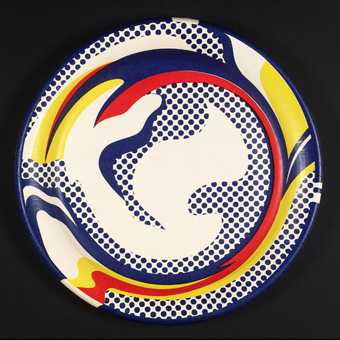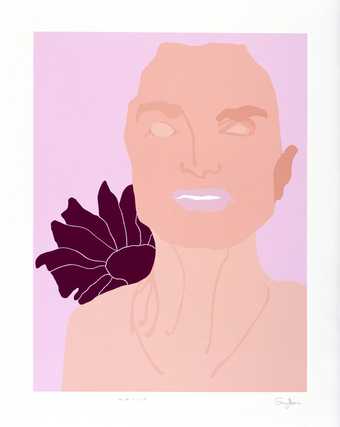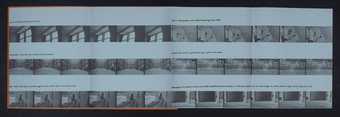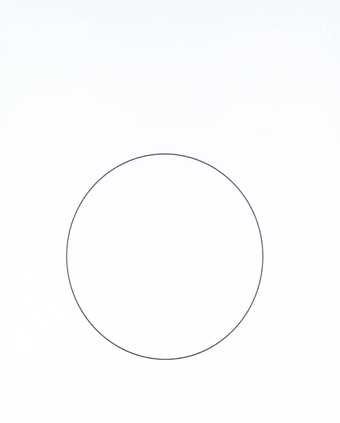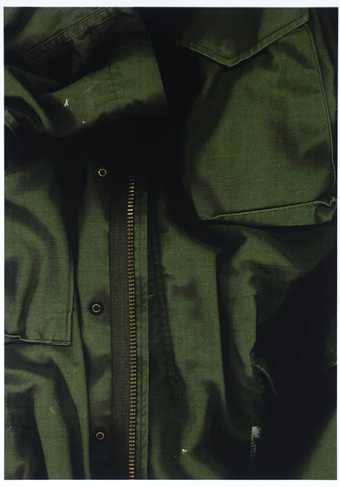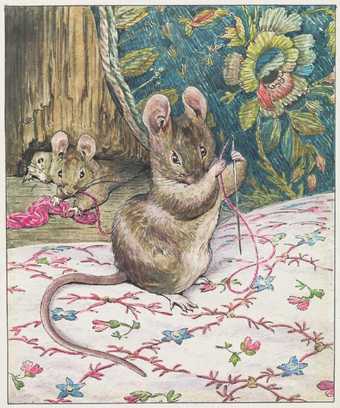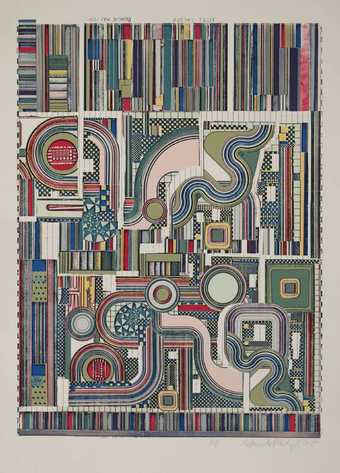
Tony Cragg
Laboratory Still Life No. 1, State 1 (1988)
Tate
Print editions
Since the late nineteenth century the number of prints produced from a single plate or printing surface has usually been restricted and declared as a ‘limited edition’. Before this prints were often produced in as many numbers as the process would allow.
Modern artists’ prints are usually limited to a specified number, anything between 2 and 1000 or more. Sometimes the quantity is dictated by the process – the plate wears out – but more commonly it is restricted by the artist or publisher, in which case the printing surface is usually destroyed.
Editioned prints are usually signed, numbered, and often dated by the artist. An edition of twenty-five will be numbered 1/25, 2/25, etc. These are usually accompanied by a number of proof prints, identical to the edition; those produced for artist are marked ‘AP’ (artist’s proof), those for the printer or publisher ‘PP’ (printer’s proof). A number of working proofs may also be made. ‘Bon à tirer’ (good to print) proofs provide a standard to guide the printer.
Other media
Sculptures which are cast, made from found objects, or machine-manufactured; photography; film or video and artist books all lend themselves to editions as the processes used to make them allow for copies to be made relatively easily. Editions are usually produced after the original master artwork and made in batches of a set size. They are often signed or sanctioned by the artist, though can also be produced after the artist’s death by their estate.
Examples of limited edition sculptures in Tate’s collection include Marcel Duchamp’s Fountain 1917, replica 1964 (the replica is signed by the artist, and the artist’s signature is also etched onto a copper plate attached to the base of the sculpture); and Edgar Degas’s Little Dancer Aged Fourteen, 1880–1, cast c.1922, which was produced as an edition by the artist’s estate after his death.

